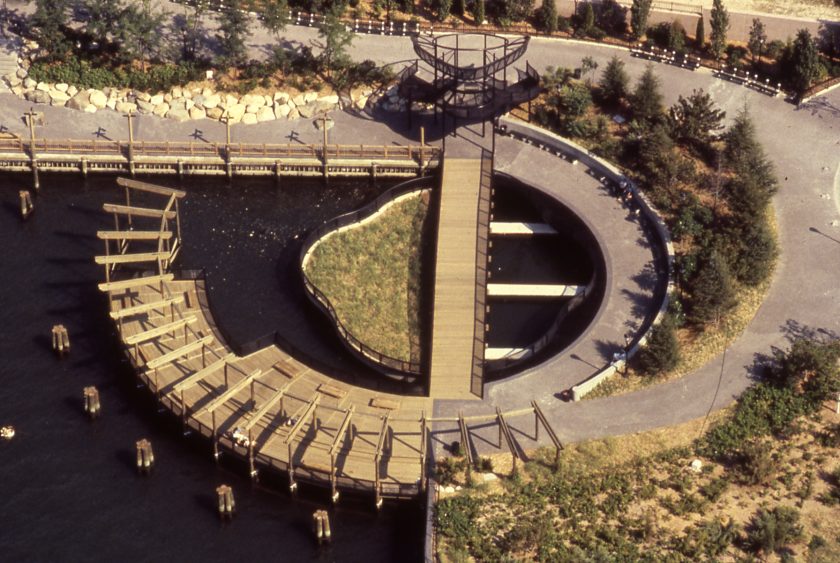“Can you pass this basic climate change quiz?”

Apparently not.
With the Paris 2015 UN climate change conference coming up, “now is a good time to test your knowledge of climate change” with this Buzzfeed quiz— because according to a 2010 Yale study, “63 percent of Americans believe that global warming is happening, but many do not understand why.” Though 45 percent of Americans say that they are “not very” or “not at all” worried about global warming, most of the people tested recognized their own lack of knowledge and agreed that they needed more information.
The first question on the Yale survey asked people if they “think that global warming is happening” after giving a brief overview of the issue; as discussed in class, people are more likely to disagree or be unsure when asked about their belief in climate change, than when asked in a way that presents the issues as simple “yes or no” facts. Other studies have been done looking at how people might discount the science behind climate change: people tend to evaluate the risks of global warming in ways that go along with the values or positions they already hold, termed the “cultural cognition of risk [and] of scientific consensus” — the social groups that an individual belongs to affect how they view climate change. So are there ways to educate people about the climate as the topic becomes (in some ways) increasingly politicized? Along with the school classroom and various media, you can start by taking this quiz; maybe you’ll do better than the 52% of study participants who scored an “F.”



